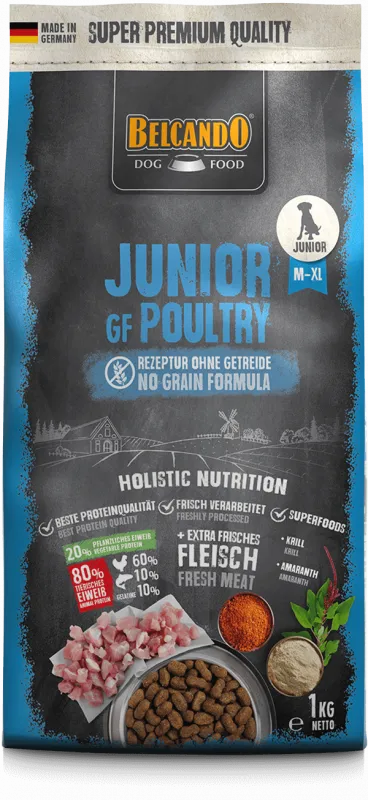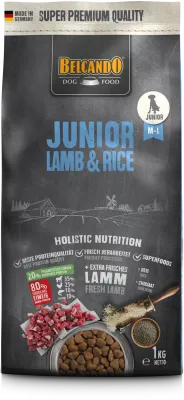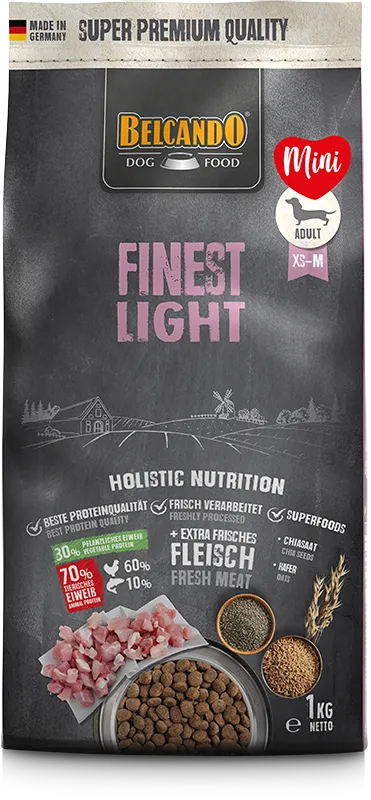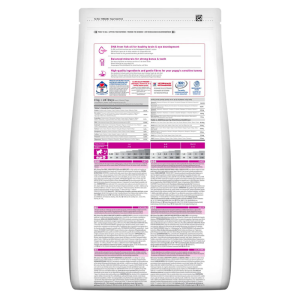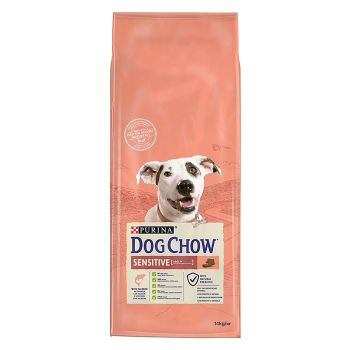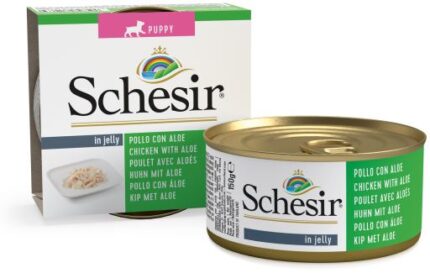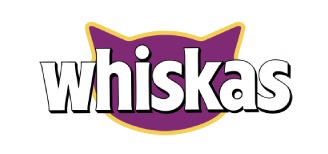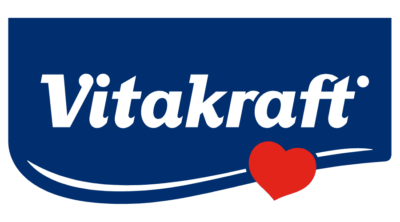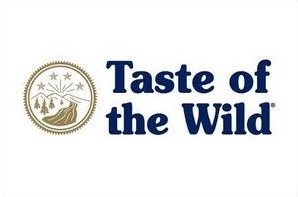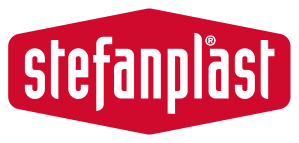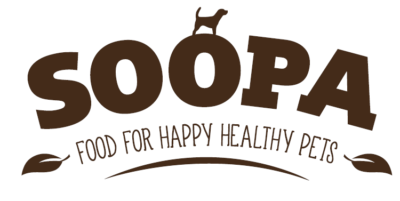Description
Even puppies can develop intolerances or allergies to gluten or grain. In that case, it is important to rely on no-grain formulas right from the beginning, in order to allow carefree healthy growth. In these recipes, grain has been replaced with highly nutritious amaranth. A high proportion of animal protein from poultry as well as nutritious krill are other important ingredients of this special recipe.
Composition
Fresh poultry meat (40%); Amaranth (16%); Poultry protein, low ash*¹ (14%); Potato starch; Pea flour; Marine zooplankton (Krill)*² (2.5%); Fish meal from sea fish (2.5%); Gelatine*³ (2.5%); Brewers’ yeast, inactivated*¹ (2.5%); Egg*¹; Kibbled carob*¹; Dicalcium phosphate; Poultry fat; Dried beet pulp*⁴; Chia seed; Poultry liver*³; Salmon oil; Sodium chloride; Potassium chloride *¹dried *²ground *³hydrolysed *⁴desugared
Analytical constituentsProtein 26%; Fat content 15%; Crude ash 7.4%; Crude fibre 2.8%; Moisture 10%; Calcium 1.2%; Phosphorus 1%; Sodium 0.3%
Additives per kg
Nutritional additives
Vitamin A 15,000 IU; Vitamin D3 1,500 IU; Vitamin E 150 mg; Taurine 500 mg; Copper (as copper(II) sulphate pentahydrate) 12.5 mg; Iron (as iron(II) sulphate monohydrate) 200 mg; Manganese (as manganese (II) oxide) 40 mg; Zinc (as zinc oxide) 125 mg; Iodine (as calcium iodate anhydrous) 2 mg; Selenium (as sodium selenite) 0.05 mg
Technological additives
Tocopherol extracts from vegetable oils (= natural vitamin E) 48 mg
Feeding recommendation
For raising young dogs of medium-sized and larger breeds with sensitivity to grain – from about 4 months of age.
Average quantities for feeding young dogs are listed in the table shown. The correct feeding quantity is best determined by regularly checking the dog’s weight. The comparison of the individual weight curve with charts showing growth typical for the breed is recommended. Simply feed dry. Fresh drinking water should be available at all times.

